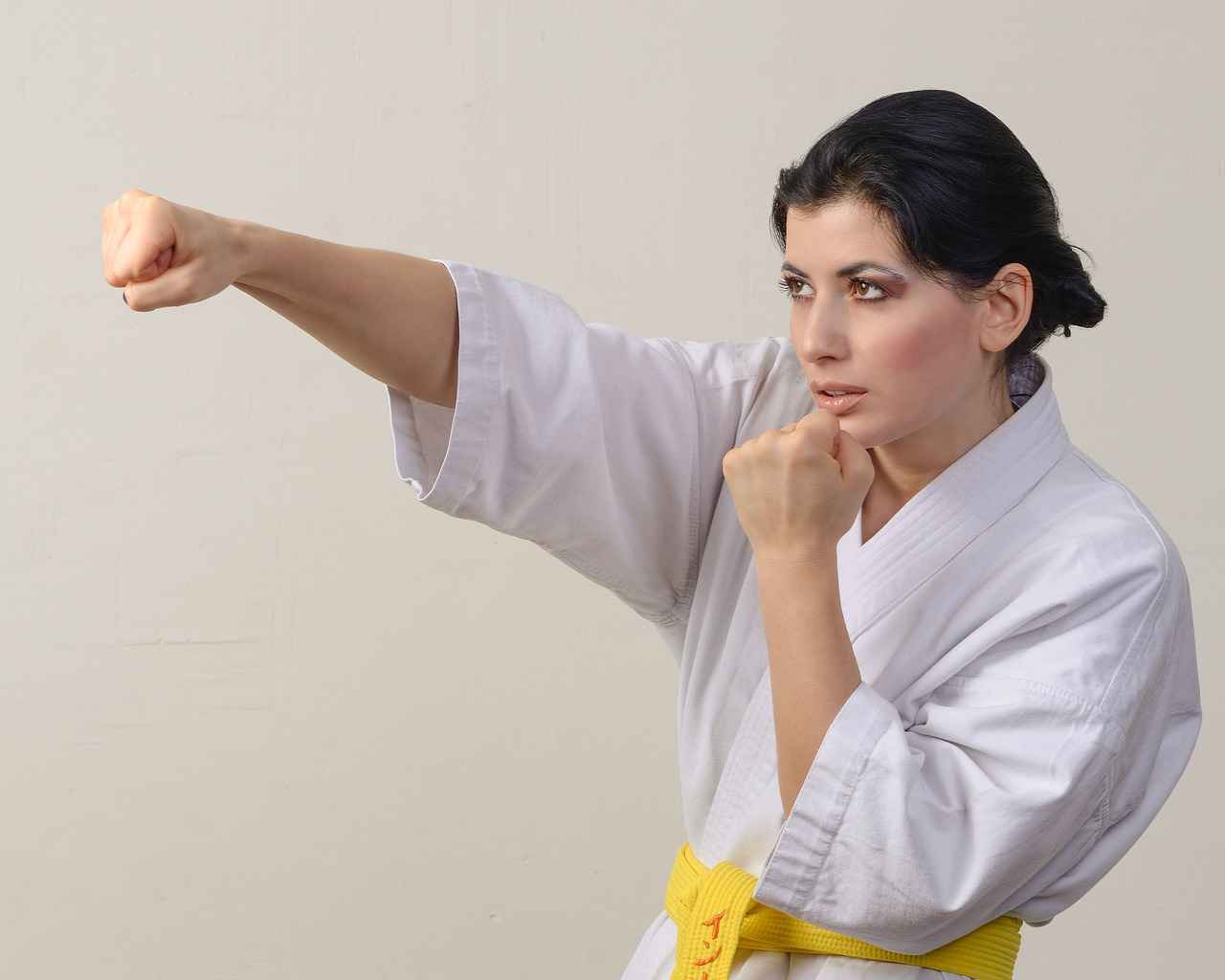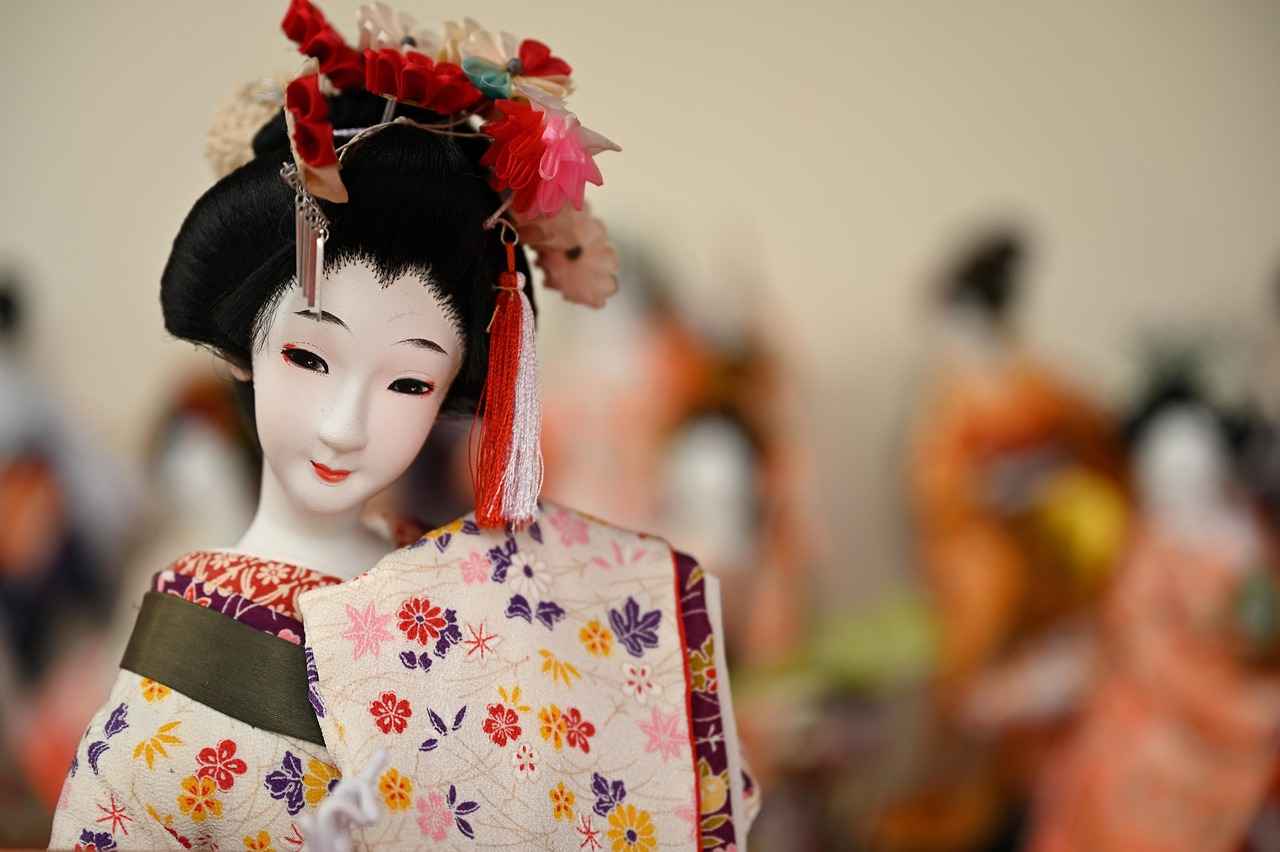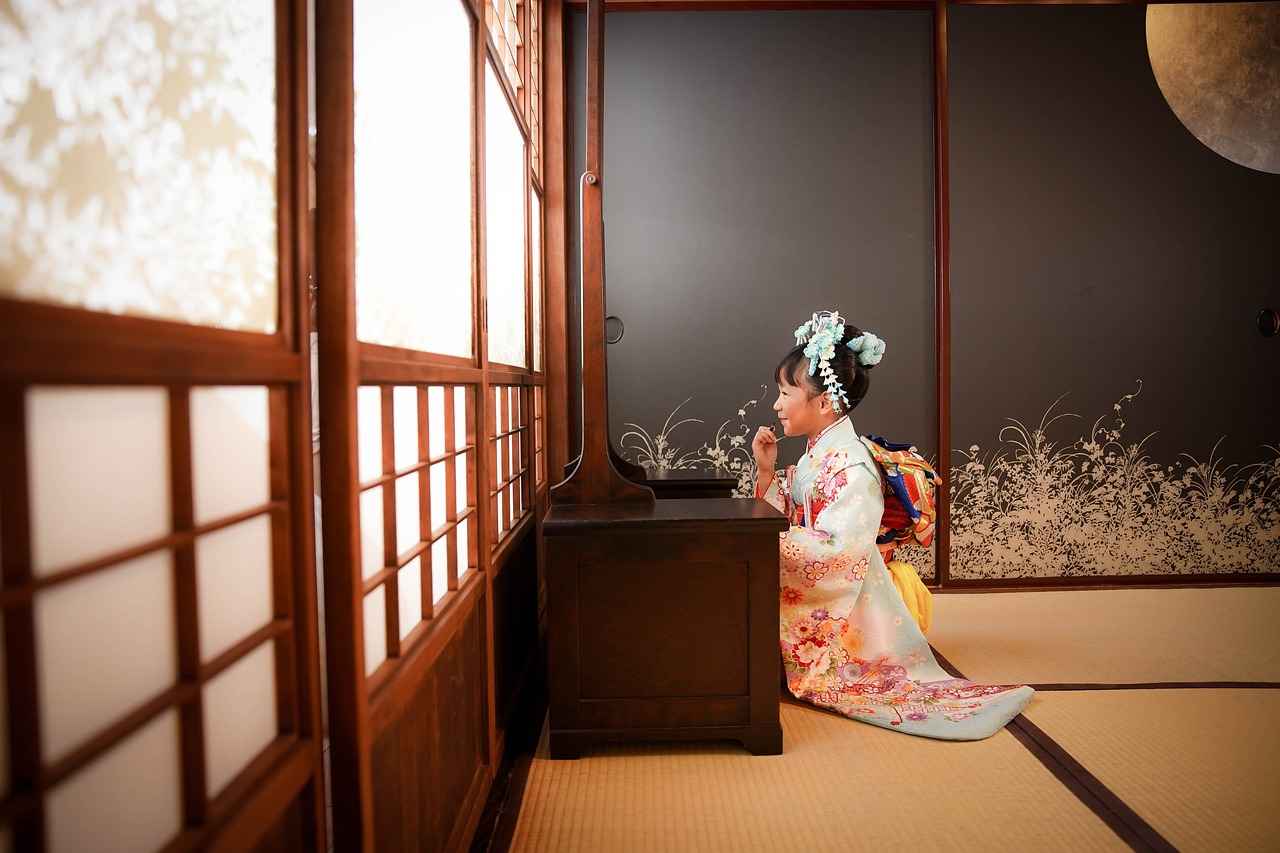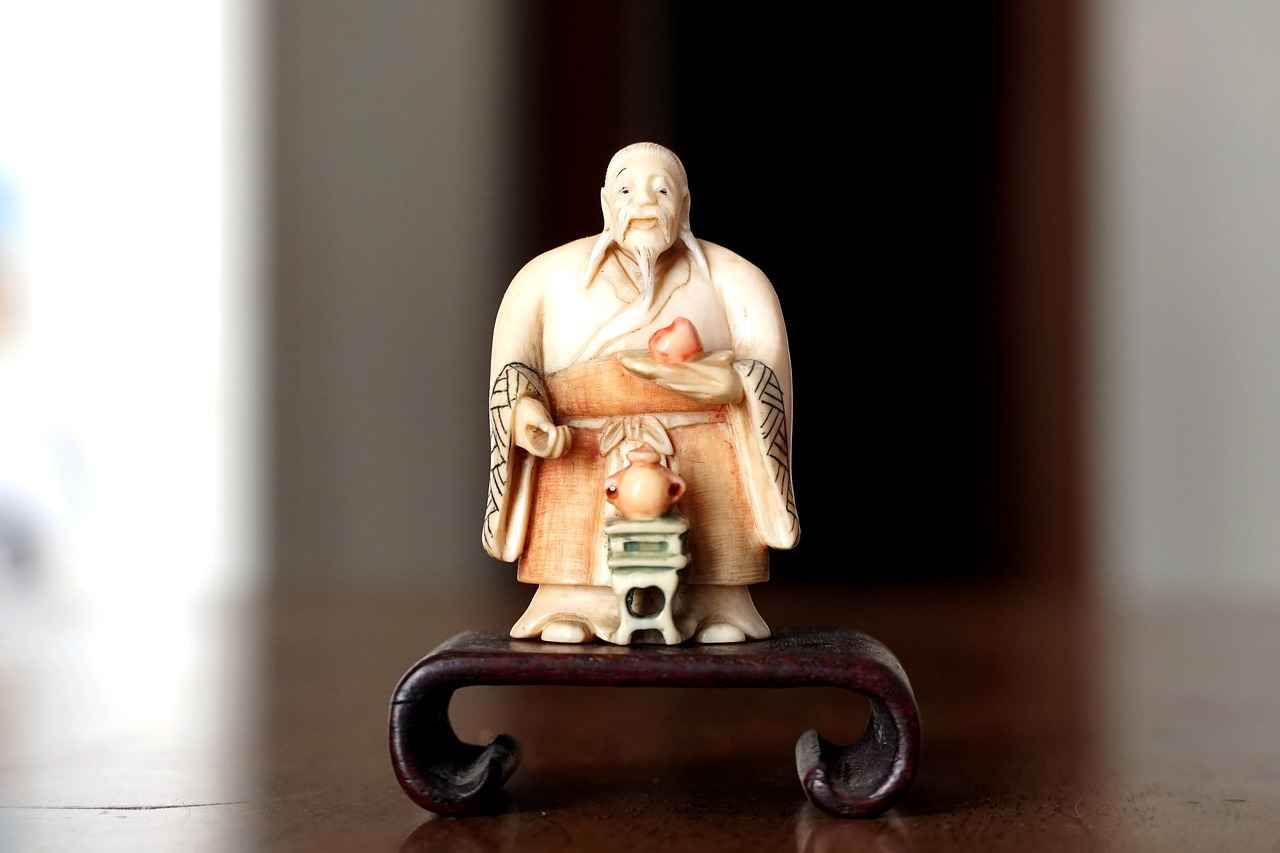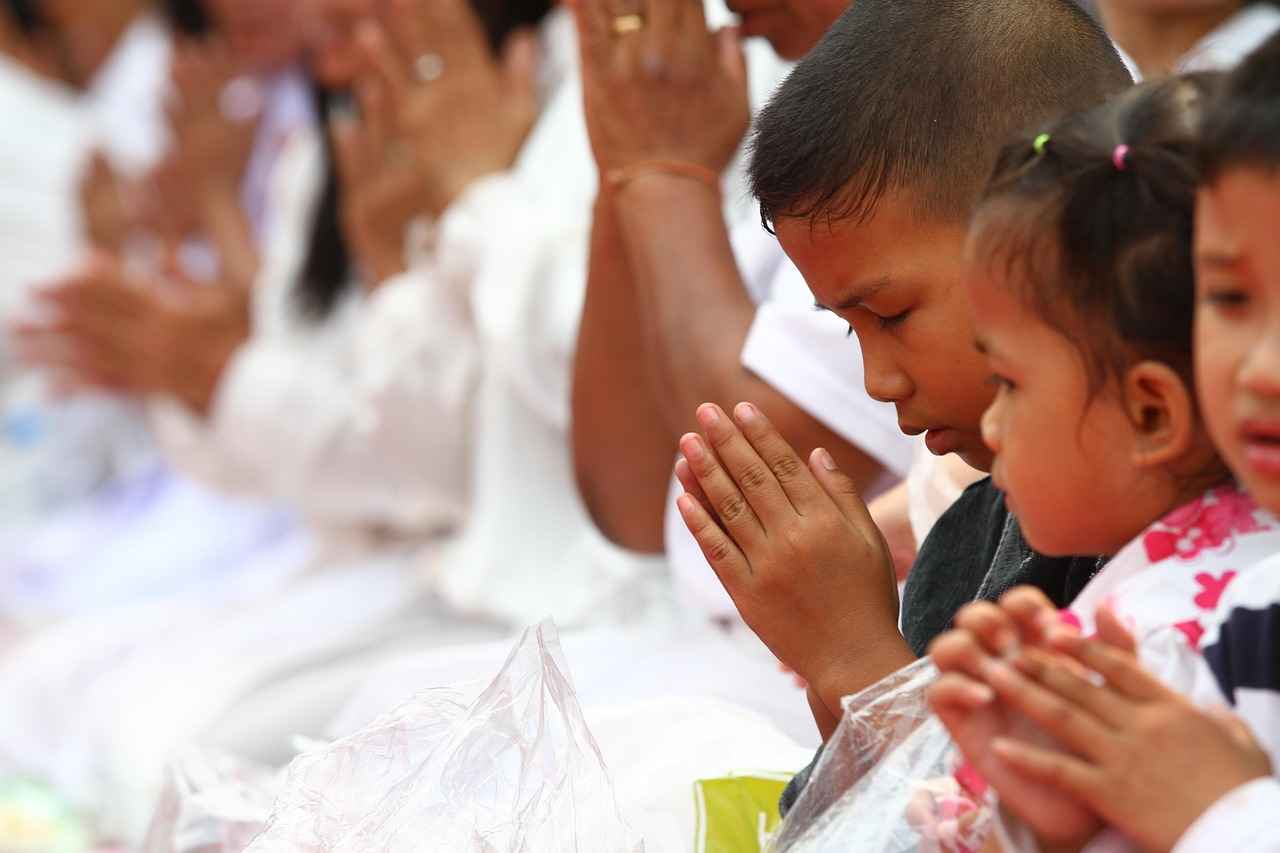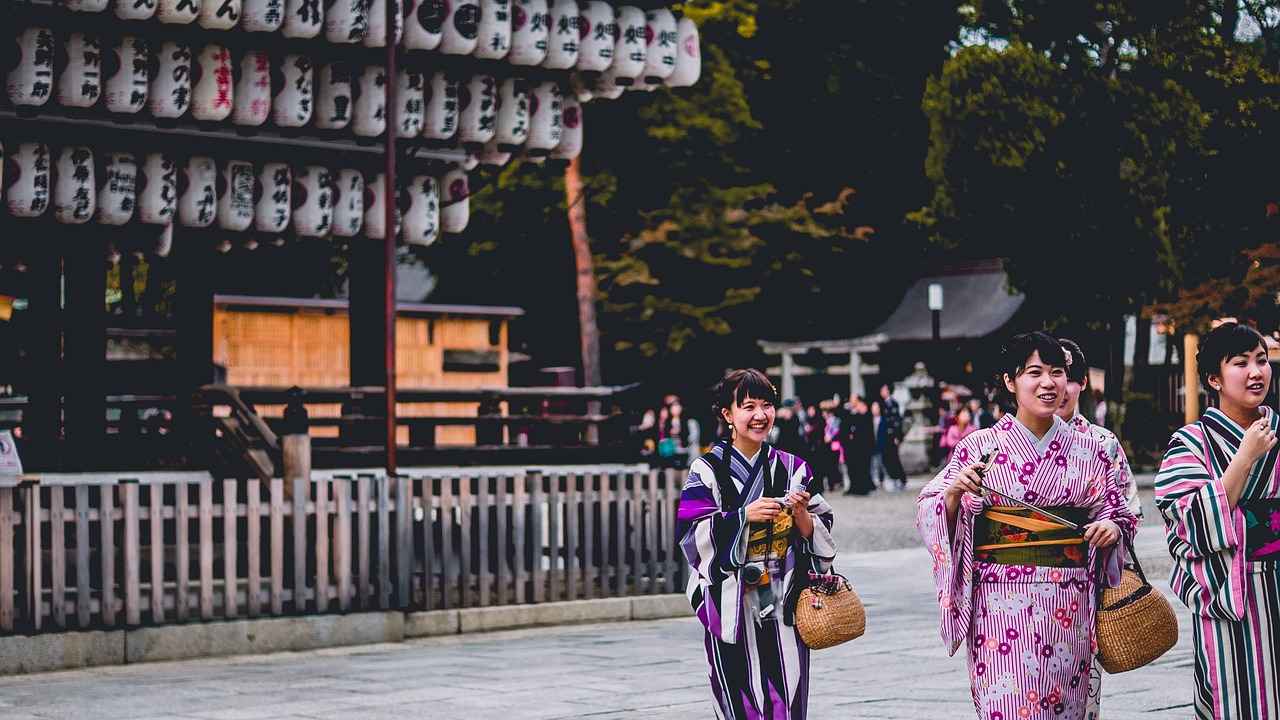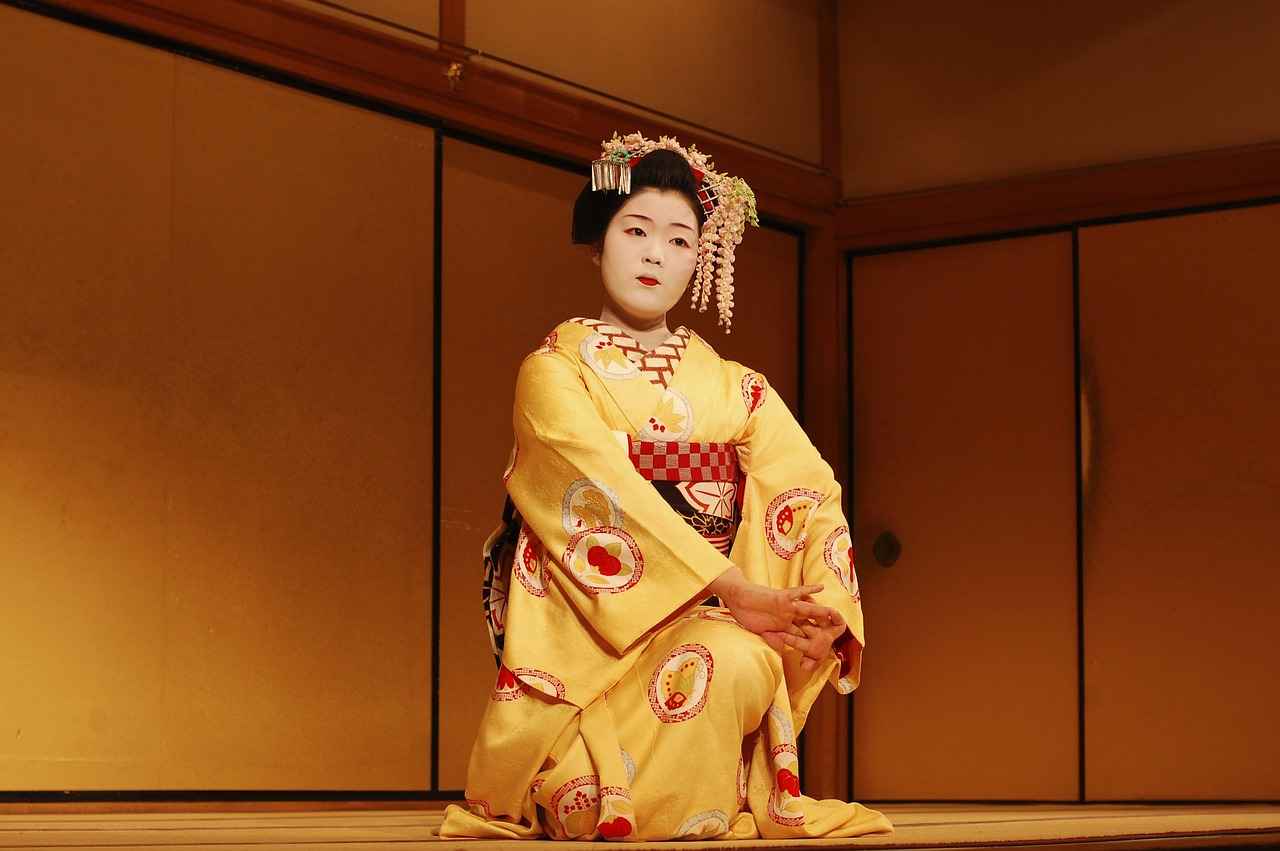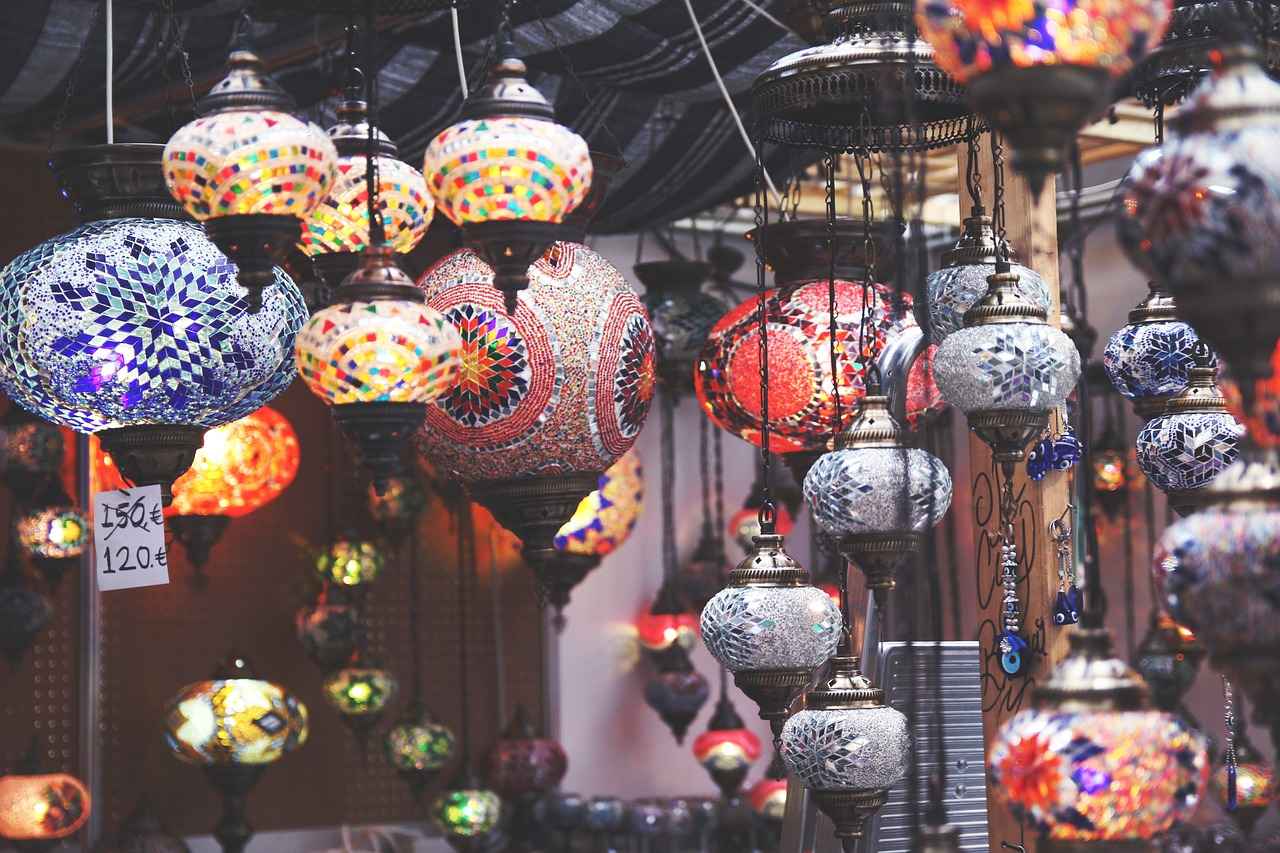This article delves into the rich history and cultural significance of the Kimono Tea Ceremony in Kyoto, exploring its origins, rituals, and the enduring legacy of this traditional practice.
The Kimono Tea Ceremony, known as Chanoyu, has deep roots in Japan’s historical interactions with China. Over centuries, it has evolved into a distinct art form that reflects the essence of Japanese aesthetics and philosophy. The ceremony is not merely about serving tea; it is a spiritual experience that embodies the principles of mindfulness, harmony, and respect.
Kimonos are central to this ceremony, symbolizing Japanese culture and tradition. Each kimono worn during the tea ceremony carries its own significance, often reflecting the wearer’s status, age, and the season. The two primary categories of kimonos are:
- Formal Kimonos: These include styles like furisode, which are worn by young women during special occasions.
- Informal Kimonos: Styles such as yukata are more casual and typically worn during summer festivals or less formal gatherings.
Wearing a kimono involves specific etiquette that underscores the importance of tradition. Participants must be mindful of how they wear their kimonos, as it reflects their respect for the ceremony and its rituals.
The philosophy behind the tea ceremony is steeped in Zen principles. It emphasizes mindfulness and harmony, encouraging participants to engage fully in the present moment. This focus enhances the overall experience, allowing for deeper appreciation of the ritual.
In recent years, the tea ceremony has adapted to modern contexts while maintaining its core elements. Globalization has introduced new interpretations, and many institutions now offer tea ceremony workshops to educate a broader audience about this traditional practice.
In conclusion, the Kimono Tea Ceremony remains a vital part of Japanese culture, embodying a legacy that deserves preservation. As we reflect on its historical significance, it is crucial to ensure that this beautiful tradition continues to thrive for future generations.
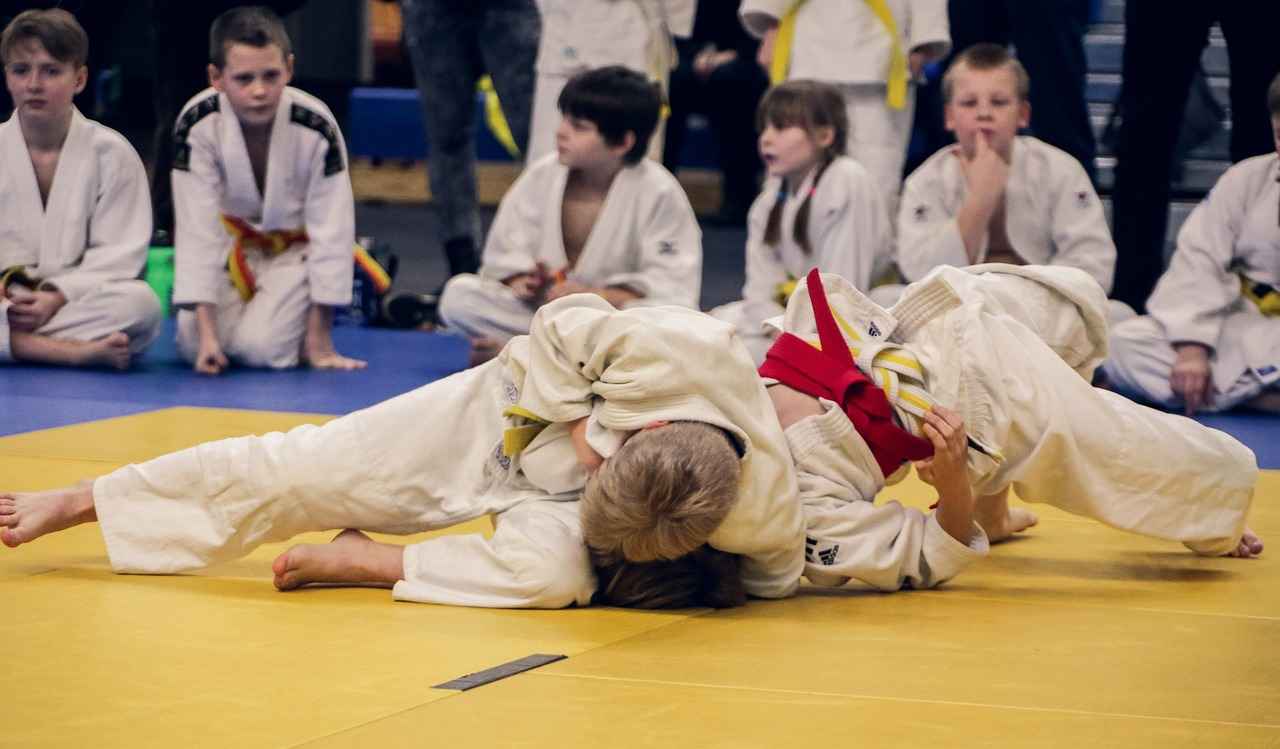
Origins of the Kimono Tea Ceremony
The Kimono Tea Ceremony is a captivating tradition that has deep roots in Japan, intricately linked to the nation’s historical interactions with China. This ceremonial practice has evolved over centuries, transforming into a distinct art form that embodies the unique aesthetics and philosophical values of Japanese culture.
Initially influenced by the Chinese tea culture, the Japanese adapted these practices, integrating their own customs and spiritual beliefs. The tea ceremony, known as Chanoyu or Sadō, emphasizes simplicity, tranquility, and the beauty of nature, reflecting the Zen Buddhist principles that pervade Japanese life.
During the Muromachi period (1336-1573), the tea ceremony began to take shape as a formal practice, with the introduction of powdered green tea, or matcha. This period saw the rise of influential tea masters like Sen no Rikyū, who refined the rituals and aesthetics of the ceremony, emphasizing the importance of harmony, respect, purity, and tranquility.
The Kimono, worn during these ceremonies, plays a crucial role in the overall experience. It is not merely a garment but a symbol of cultural identity and tradition. The style and color of the kimono can convey various messages about the wearer’s status, personality, and the season, adding layers of meaning to the ceremony.
As time progressed, the Kimono Tea Ceremony continued to evolve, adapting to societal changes while maintaining its core values. Today, it serves not only as a means of enjoying tea but also as a way to appreciate art, nature, and the fleeting beauty of life. Through this ceremony, participants engage in a meditative practice that encourages mindfulness and a deeper connection to the world around them.
In conclusion, the origins of the Kimono Tea Ceremony are rich and complex, reflecting centuries of cultural exchange and evolution. This tradition remains a vital part of Japanese heritage, inviting individuals to experience the beauty and philosophy embedded within each ritual.
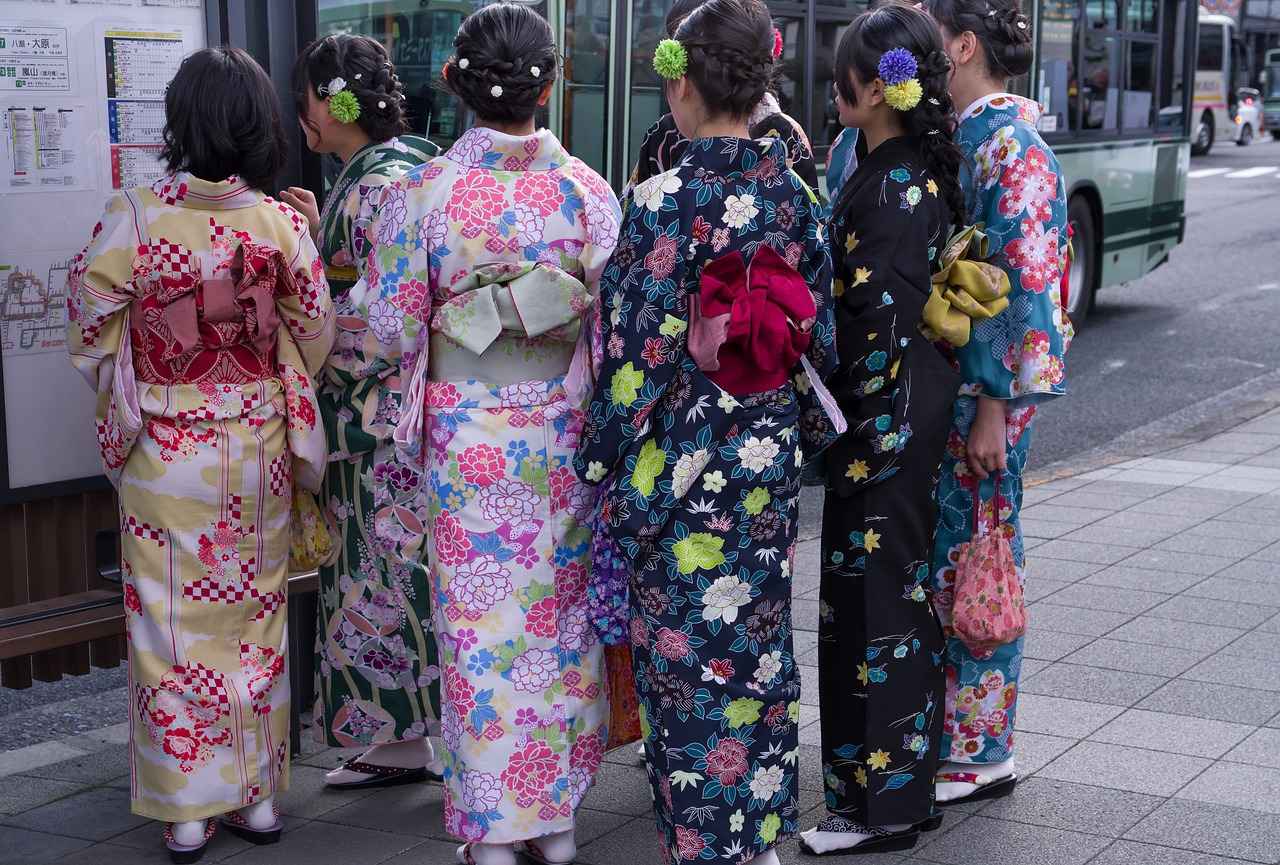
Significance of the Kimono
Kimonos are not merely clothing; they are a profound representation of Japanese culture and tradition. The significance of kimonos extends beyond their aesthetic appeal, as they embody a rich tapestry of history and meaning, especially in the context of the tea ceremony.
During tea ceremonies, kimonos serve as a visual language that communicates the wearer’s status, occasion, and personal expression. Each style of kimono carries its own symbolism and cultural significance, which is particularly evident in the choices made for such ceremonial events.
| Kimono Type | Description | Occasions |
|---|---|---|
| Furisode | A formal kimono with long sleeves, often worn by young women. | Weddings, Coming-of-Age ceremonies |
| Yukata | A casual summer kimono, typically made of cotton. | Summer festivals, informal gatherings |
| Tomesode | A formal kimono with shorter sleeves, usually worn by married women. | Formal tea ceremonies, weddings |
The Furisode, for instance, is predominantly worn by young, unmarried women and represents youth and elegance. In contrast, the Tomesode is reserved for married women, symbolizing maturity and grace. The choice of kimono can also reflect the season, with the Yukata being a popular choice during summer festivals, showcasing a more relaxed and playful side of Japanese tradition.
Moreover, the colors and patterns of kimonos are laden with meaning. For example, cherry blossoms symbolize transience and beauty, while cranes represent longevity and good fortune. These intricate details enhance the overall experience of the tea ceremony, as each element is thoughtfully selected to honor the occasion and its participants.
In conclusion, the significance of the kimono in tea ceremonies transcends mere clothing. It is a vital component of Japanese heritage, reflecting cultural values, personal identity, and the beauty of tradition. Understanding these garments enriches the experience of the tea ceremony, allowing participants to appreciate the depth of this cherished practice.
Types of Kimonos
In the realm of Japanese culture, the kimono stands as a symbol of tradition and artistry, particularly during the tea ceremony. Different occasions call for specific styles of kimonos, each with its own significance and aesthetic appeal. This section explores the various types of kimonos worn during tea ceremonies, focusing on both formal and informal variations.
Formal Kimonos
Formal kimonos, such as the furisode, are typically worn by young women during significant ceremonies, including weddings and formal tea gatherings. The furisode is characterized by its long sleeves and vibrant colors, symbolizing youth and elegance. These kimonos are often made from luxurious fabrics like silk and are adorned with intricate patterns that reflect seasonal themes or personal meanings. Their formal nature requires that they be paired with appropriate accessories, such as an obi (sash) and obiage (obi scarf), to complete the ensemble.
Informal Kimonos
In contrast, informal kimonos, such as the yukata, are more casual and are usually made from cotton. Yukatas are often worn during summer festivals or informal tea gatherings. They are lightweight and easy to wear, making them a popular choice for warm weather. While they may not have the elaborate designs of formal kimonos, yukatas can still feature vibrant colors and patterns, offering a relaxed yet stylish option for participants in the tea ceremony.
Conclusion
Understanding the different types of kimonos enhances the appreciation of the tea ceremony. Each style, whether formal or informal, contributes to the overall atmosphere and significance of the event, reflecting the deep-rooted traditions of Japanese culture.
Formal Kimonos
hold a prestigious place in Japanese culture, particularly during significant events like the tea ceremony. These garments are characterized by their elaborate designs and exquisite craftsmanship, often made from luxurious fabrics that reflect the wearer’s social status and the occasion’s importance.
Among the various types of formal kimonos, the furisode stands out. This style is distinguished by its long sleeves, which are a symbol of unmarried women in Japan. The vibrant colors and intricate patterns often tell a story or represent seasonal themes, making each furisode unique and special. Typically worn during formal events such as weddings and tea ceremonies, the furisode embodies elegance and tradition.
Another notable type is the tomesode, which is designed for married women. It features shorter sleeves and is often adorned with more subdued colors and patterns, emphasizing sophistication and maturity. The tomesode is usually worn during significant family events, including formal tea ceremonies, where respect and tradition are paramount.
- Furisode: Long sleeves, vibrant colors, worn by unmarried women.
- Tomesode: Shorter sleeves, subtle colors, worn by married women.
- Homongi: Versatile kimono suitable for various occasions, often featuring beautiful patterns.
Wearing a formal kimono is not just about the garment itself; it involves a deep understanding of kimono etiquette. This includes how to properly wear and care for the kimono, as well as the appropriate accessories to complement the outfit. Each detail, from the obi (sash) to the obiage (obi scarf), plays a crucial role in the overall presentation.
In conclusion, formal kimonos are more than just clothing; they are a representation of Japan’s rich cultural heritage and a testament to the artistry involved in their creation. Understanding the significance of these garments enhances the experience of participating in traditional ceremonies, allowing individuals to connect with Japan’s history and values.
furisode,
The History Behind the Kimono Tea Ceremony in Kyoto
This article explores the rich history and cultural significance of the Kimono Tea Ceremony in Kyoto, delving into its origins, rituals, and the enduring legacy of this traditional practice.
Origins of the Kimono Tea Ceremony
The Kimono Tea Ceremony has roots in Japan’s historical interactions with China, evolving over centuries into a distinct art form that reflects Japanese aesthetics and philosophy.
Significance of the Kimono
Kimonos are not just garments; they symbolize Japanese culture and tradition. This section examines the different styles and meanings behind kimonos worn during tea ceremonies.
- Types of Kimonos
- Various kimono styles are worn for different occasions. This subsection details the specific types used in tea ceremonies, including the formal and informal variations.
- Formal Kimonos: Formal kimonos, such as the furisode, are reserved for special ceremonies. This section highlights their characteristics and significance in the context of the tea ceremony.
- Informal Kimonos: Informal kimonos, like the yukata, are more casual. Here, we discuss their role in less formal tea gatherings and seasonal events.
Kimono Wearing Etiquette
Wearing a kimono involves specific rituals and etiquette. This part outlines the proper ways to wear a kimono for the tea ceremony, emphasizing respect and tradition.
The Philosophy of the Tea Ceremony
The tea ceremony embodies Zen principles, focusing on mindfulness and harmony. This section explores how these philosophies are integrated into the ceremony’s practices.
- Mindfulness in the Ceremony: Mindfulness is central to the tea ceremony. Here, we discuss how participants engage in the present moment, enhancing their experience and appreciation of the ritual.
- Harmony and Respect: Harmony and respect are vital values in the tea ceremony. This subsection examines how these principles manifest in interactions between host and guests.
Modern Adaptations of the Tea Ceremony
While rooted in tradition, the tea ceremony has seen modern adaptations. This section discusses how contemporary practices are evolving while maintaining core elements.
- Influence of Globalization: Globalization has impacted traditional practices. Here, we analyze how international interest has led to new interpretations and styles of the tea ceremony.
- Tea Ceremony Workshops: Many institutions now offer tea ceremony workshops. This part highlights how these workshops help preserve the tradition while introducing it to a broader audience.
Conclusion: The Enduring Legacy of the Kimono Tea Ceremony
The Kimono Tea Ceremony remains a vital part of Japanese culture. This concluding section reflects on its historical significance and the importance of preserving this beautiful tradition for future generations.
are reserved for special ceremonies. This section highlights their characteristics and significance in the context of the tea ceremony.
The History Behind the Kimono Tea Ceremony in Kyoto
This article explores the rich history and cultural significance of the Kimono Tea Ceremony in Kyoto, delving into its origins, rituals, and the enduring legacy of this traditional practice.
Origins of the Kimono Tea Ceremony
The Kimono Tea Ceremony has roots in Japan’s historical interactions with China, evolving over centuries into a distinct art form that reflects Japanese aesthetics and philosophy.
Significance of the Kimono
Kimonos are not just garments; they symbolize Japanese culture and tradition. This section examines the different styles and meanings behind kimonos worn during tea ceremonies.
- Types of Kimonos: Various kimono styles are worn for different occasions. This subsection details the specific types used in tea ceremonies, including formal and informal variations.
- Formal Kimonos: Formal kimonos, such as the furisode, are reserved for special ceremonies. This section highlights their characteristics and significance in the context of the tea ceremony.
- Informal Kimonos: Informal kimonos, like the yukata, are more casual. Here, we discuss their role in less formal tea gatherings and seasonal events.
Kimono Wearing Etiquette
Wearing a kimono involves specific rituals and etiquette. This part outlines the proper ways to wear a kimono for the tea ceremony, emphasizing respect and tradition.
The Philosophy of the Tea Ceremony
The tea ceremony embodies Zen principles, focusing on mindfulness and harmony. This section explores how these philosophies are integrated into the ceremony’s practices.
- Mindfulness in the Ceremony: Mindfulness is central to the tea ceremony. Here, we discuss how participants engage in the present moment, enhancing their experience and appreciation of the ritual.
- Harmony and Respect: Harmony and respect are vital values in the tea ceremony. This subsection examines how these principles manifest in interactions between host and guests.
Modern Adaptations of the Tea Ceremony
While rooted in tradition, the tea ceremony has seen modern adaptations. This section discusses how contemporary practices are evolving while maintaining core elements.
- Influence of Globalization: Globalization has impacted traditional practices. Here, we analyze how international interest has led to new interpretations and styles of the tea ceremony.
- Tea Ceremony Workshops: Many institutions now offer tea ceremony workshops. This part highlights how these workshops help preserve the tradition while introducing it to a broader audience.
Conclusion: The Enduring Legacy of the Kimono Tea Ceremony
The Kimono Tea Ceremony remains a vital part of Japanese culture. This concluding section reflects on its historical significance and the importance of preserving this beautiful tradition for future generations.
Informal Kimonos
play a significant role in Japanese culture, particularly in casual settings and seasonal festivities. Unlike their formal counterparts, these garments are designed for comfort and ease of movement, making them ideal for various social occasions.
One of the most popular types of informal kimono is the yukata. Traditionally made from lightweight cotton, yukatas are often worn during summer festivals, fireworks displays, and other outdoor events. Their vibrant colors and patterns reflect the joyous spirit of the season, allowing wearers to express their personality while staying cool in warm weather.
Another informal option is the hifu, a type of kimono that is typically worn in the colder months. Hifus are often made from thicker materials and can be layered over other clothing for added warmth. They are commonly worn during family gatherings and casual tea ceremonies, providing a comfortable yet stylish alternative to more formal attire.
| Type of Informal Kimono | Material | Occasions |
|---|---|---|
| Yukata | Cotton | Summer festivals, casual outings |
| Hifu | Thicker fabric | Winter gatherings, casual tea ceremonies |
When wearing informal kimonos, it is essential to adhere to certain etiquette guidelines. For instance, the way the kimono is tied and the accessories chosen can significantly affect the overall presentation. Accessories such as obi (sashes) and obijime (decorative cords) should complement the kimono’s design while adding a touch of personal flair.
In conclusion, informal kimonos are not merely casual wear; they embody the essence of Japanese culture, providing a bridge between tradition and modernity. Whether attending a summer festival or enjoying a cozy family gathering, these garments allow individuals to celebrate their heritage while embracing comfort and style.
yukata,
The Yukata: A Traditional Japanese Garment
The yukata is a casual summer kimono made of cotton or synthetic fabric, traditionally worn during the warmer months in Japan. This article delves into the origins, significance, and modern adaptations of the yukata, and its role in Japanese culture.
Origins of the Yukata
The yukata originated from the yukatabira, a garment worn after bathing in hot springs. Over time, it evolved into a fashionable outfit for summer festivals and casual gatherings. The fabric is lightweight, making it ideal for hot weather.
Significance of the Yukata
The yukata is not just a piece of clothing; it symbolizes Japanese culture and tradition. Often adorned with vibrant patterns and colors, it reflects the wearer’s personality and the season. Yukatas are commonly worn during hanabi (fireworks) festivals and Obon Modern Adaptations In contemporary society, the yukata has adapted to modern fashion trends. Many young people wear yukatas at summer festivals, combining traditional elements with modern accessories. Furthermore, various workshops teach participants how to wear and style yukatas, helping to preserve this cultural heritage. Conclusion: Embracing Tradition The yukata remains a vital part of Japanese culture, bridging the past and present. As more people engage with this beautiful garment, its legacy continues to thrive, ensuring that future generations appreciate its significance. are more casual. Here, we discuss their role in less formal tea gatherings and seasonal events.
The History Behind the Kimono Tea Ceremony in Kyoto
This article explores the rich history and cultural significance of the Kimono Tea Ceremony in Kyoto, delving into its origins, rituals, and the enduring legacy of this traditional practice.
Origins of the Kimono Tea Ceremony
The Kimono Tea Ceremony has roots in Japan’s historical interactions with China, evolving over centuries into a distinct art form that reflects Japanese aesthetics and philosophy.
Significance of the Kimono
Kimonos are not just garments; they symbolize Japanese culture and tradition. This section examines the different styles and meanings behind kimonos worn during tea ceremonies.
- Types of Kimonos: Various kimono styles are worn for different occasions. This subsection details the specific types used in tea ceremonies, including the formal and informal variations.
- Formal Kimonos: Formal kimonos, such as the furisode, are reserved for special ceremonies. This section highlights their characteristics and significance in the context of the tea ceremony.
- Informal Kimonos: Informal kimonos, like the yukata, are more casual. Here, we discuss their role in less formal tea gatherings and seasonal events.
Kimono Wearing Etiquette
Wearing a kimono involves specific rituals and etiquette. This part outlines the proper ways to wear a kimono for the tea ceremony, emphasizing respect and tradition.
The Philosophy of the Tea Ceremony
The tea ceremony embodies Zen principles, focusing on mindfulness and harmony. This section explores how these philosophies are integrated into the ceremony’s practices.
- Mindfulness in the Ceremony: Mindfulness is central to the tea ceremony. Here, we discuss how participants engage in the present moment, enhancing their experience and appreciation of the ritual.
- Harmony and Respect: Harmony and respect are vital values in the tea ceremony. This subsection examines how these principles manifest in interactions between host and guests.
Modern Adaptations of the Tea Ceremony
While rooted in tradition, the tea ceremony has seen modern adaptations. This section discusses how contemporary practices are evolving while maintaining core elements.
- Influence of Globalization: Globalization has impacted traditional practices. Here, we analyze how international interest has led to new interpretations and styles of the tea ceremony.
- Tea Ceremony Workshops: Many institutions now offer tea ceremony workshops. This part highlights how these workshops help preserve the tradition while introducing it to a broader audience.
Conclusion: The Enduring Legacy of the Kimono Tea Ceremony
The Kimono Tea Ceremony remains a vital part of Japanese culture. This concluding section reflects on its historical significance and the importance of preserving this beautiful tradition for future generations.
Kimono Wearing Etiquette
Wearing a kimono is a practice steeped in tradition, particularly during the tea ceremony, where every detail holds significance. Understanding the etiquette surrounding kimono wearing is essential for honoring this cultural heritage. This section will guide you through the proper ways to wear a kimono, emphasizing the rituals that reflect respect for the art and the participants involved.
Before donning a kimono, it is important to prepare both mentally and physically. The process begins with selecting the appropriate kimono based on the occasion, which in the case of a tea ceremony, is typically a formal kimono. The fancy obi (sash) and its knot are also crucial elements, as they symbolize the wearer’s status and the formality of the event.
- Preparation: Clean the kimono and ensure it is free of wrinkles.
- Undergarments: Wear the appropriate undergarments, such as hadajuban and susoyoke, to maintain comfort and formality.
- Layering: Begin with the inner layers, ensuring each piece is aligned properly, and then proceed to the outer kimono.
As you wear the kimono, pay attention to the following:
- Left over Right: Always wrap the kimono left side over the right, as the reverse is reserved for dressing the deceased.
- Proper Fit: Ensure the kimono fits well; it should not be too tight or loose, allowing for ease of movement.
- Obi Tying: The obi should be tied securely at the back with a decorative knot that reflects the occasion.
During the tea ceremony, your demeanor is just as important as your attire. Maintaining a calm and respectful attitude enhances the experience for both you and your guests. Remember, the essence of the tea ceremony lies in mindfulness and harmony, which should be reflected in your actions and interactions.
In conclusion, wearing a kimono for the tea ceremony is not merely about the garment itself; it is a profound expression of Japanese culture and respect for tradition. By adhering to these etiquettes, participants can fully immerse themselves in the beauty and significance of the ceremony.
The Philosophy of the Tea Ceremony
is a profound aspect of Japanese culture, deeply rooted in Zen principles that emphasize mindfulness, harmony, and respect. This section delves into how these philosophies are intricately woven into the practices of the tea ceremony, enriching the experience for both the host and the guests.
The tea ceremony, or chanoyu, is not merely about drinking tea; it is a ritualistic art form that encourages participants to immerse themselves fully in the present moment. Mindfulness is a core component, as every action—from the preparation of the tea to the serving of sweets—is performed with deliberate care and attention. This practice fosters a deep appreciation for the simplicity and beauty of the moment, allowing participants to connect with themselves and their surroundings.
- Mindfulness in Action: During the ceremony, participants are encouraged to focus on their senses—the aroma of the tea, the texture of the utensils, and the visual beauty of the tea setting. This heightened awareness transforms a simple act into a meditative experience.
- Harmony with Nature: The tea ceremony also emphasizes harmony, not only among participants but with nature. The seasonal elements, from the choice of tea to the arrangement of flowers, reflect a deep respect for the natural world.
- Respect and Connection: The interaction between host and guests is steeped in respect. Each gesture, from bowing to the careful serving of tea, conveys a sense of gratitude and acknowledgment of one another’s presence.
In conclusion, the philosophy behind the tea ceremony serves as a reminder of the importance of mindfulness and harmony in our daily lives. By integrating these principles into the ceremony, participants not only honor tradition but also cultivate a deeper understanding of themselves and their place within the world.
Mindfulness in the Ceremony
Mindfulness plays a pivotal role in the traditional tea ceremony, especially in the context of the Kimono Tea Ceremony in Kyoto. This practice is not merely about serving tea; it is a profound ritual that encourages participants to immerse themselves fully in the present moment. By fostering a deep sense of awareness and appreciation, mindfulness enhances both the experience and the significance of the ceremony.
During the ceremony, every action is performed with intention and care. From the precise movements of preparing the tea to the delicate way in which the tea bowl is presented, each step is a reflection of conscious engagement. Participants are encouraged to let go of distractions and focus solely on the experience at hand, creating a serene atmosphere that promotes inner peace.
- Connection with Nature: The tea ceremony often incorporates elements of nature, such as seasonal flowers and the sound of water. This connection helps participants feel grounded and enhances their sensory experience.
- Emotional Presence: Engaging in the ceremony allows individuals to reflect on their emotions and thoughts, creating a space for personal growth and understanding.
- Social Interaction: Mindfulness also extends to the interactions between the host and guests. The respectful exchange of greetings and the careful attention to each guest’s needs foster a sense of community and connection.
Moreover, the practice of mindfulness in the tea ceremony aligns with Zen principles, emphasizing the importance of stillness and focus. By cultivating this awareness, participants can transcend the mundane and experience the beauty of the ritual in its entirety. This profound engagement not only enriches the individual experience but also honors the centuries-old traditions that the tea ceremony embodies.
In conclusion, mindfulness is not just an aspect of the tea ceremony; it is its very essence. By embracing the present moment, participants enhance their appreciation of the ritual, creating a meaningful and transformative experience that resonates far beyond the ceremony itself.
Harmony and Respect
Harmony and respect are fundamental values interwoven into the fabric of the tea ceremony, reflecting the deep-rooted traditions of Japanese culture. These principles guide the interactions between the host and guests, creating a serene atmosphere conducive to mindfulness and appreciation.
In the context of the tea ceremony, harmony is not merely a concept but a practice that manifests through meticulous attention to detail. The host prepares the tea with utmost care, ensuring that every aspect—from the choice of utensils to the arrangement of the tea room—promotes a sense of balance and tranquility. This attention to detail fosters a harmonious environment, where guests can feel at ease and fully present in the moment.
Respect, on the other hand, is expressed through various gestures and rituals that honor both the tea and the participants. For instance, when the host serves tea, they do so with a bow, acknowledging the presence of each guest. This act of bowing is not just a sign of politeness; it symbolizes a deep respect for the guests and the shared experience of the ceremony. Guests reciprocate this respect by handling the tea utensils carefully and expressing gratitude for the host’s efforts.
| Aspect | Harmony | Respect |
|---|---|---|
| Host’s Actions | Preparation of tea with care | Serving tea with a bow |
| Guest’s Actions | Engaging mindfully | Handling utensils with care |
The interaction between host and guests is a dance of mutual appreciation. This exchange is not only about the tea itself but also about the shared experience that fosters connections and understanding. Each participant plays a role in cultivating an atmosphere where harmony and respect thrive, making the tea ceremony a profound ritual that transcends mere beverage consumption.
In conclusion, the principles of harmony and respect are vital in the tea ceremony, shaping the interactions between host and guests. Through these values, participants engage in a meaningful experience that celebrates tradition, mindfulness, and the beauty of human connection.
Modern Adaptations of the Tea Ceremony
The tea ceremony, a cherished tradition in Japanese culture, has gracefully adapted to the modern world while preserving its core elements. This evolution reflects a balance between honoring historical practices and embracing contemporary influences.
One significant aspect of these modern adaptations is the incorporation of globalization. As interest in Japanese culture has surged internationally, the tea ceremony has seen variations that cater to diverse audiences. Contemporary tea houses now offer fusion experiences, blending traditional tea practices with global culinary elements. For instance, some establishments serve tea alongside international pastries, creating a unique dining experience that appeals to a broader demographic.
Additionally, the rise of social media has transformed the way tea ceremonies are shared and experienced. Many enthusiasts and professionals showcase their ceremonies online, attracting attention from a global audience. This digital presence has led to the emergence of online workshops and virtual ceremonies, allowing participants from around the world to engage in the ritual without geographical constraints.
Furthermore, tea ceremony workshops have gained popularity as a means of preserving tradition while making it accessible to newcomers. These workshops often emphasize the historical significance and philosophical underpinnings of the tea ceremony, allowing participants to appreciate its depth. Many of these sessions are designed for various skill levels, ensuring that both novices and experienced practitioners can find value in the experience.
Incorporating modern aesthetics, some tea ceremonies now feature contemporary settings that enhance the overall atmosphere. This includes minimalist decor and innovative presentation styles that align with modern design trends, making the experience visually appealing while still honoring traditional practices.
In conclusion, the tea ceremony continues to evolve, reflecting the dynamic nature of culture. By embracing modern adaptations while honoring its roots, the tea ceremony remains a vital and relevant practice in today’s society, bridging the past and the present.
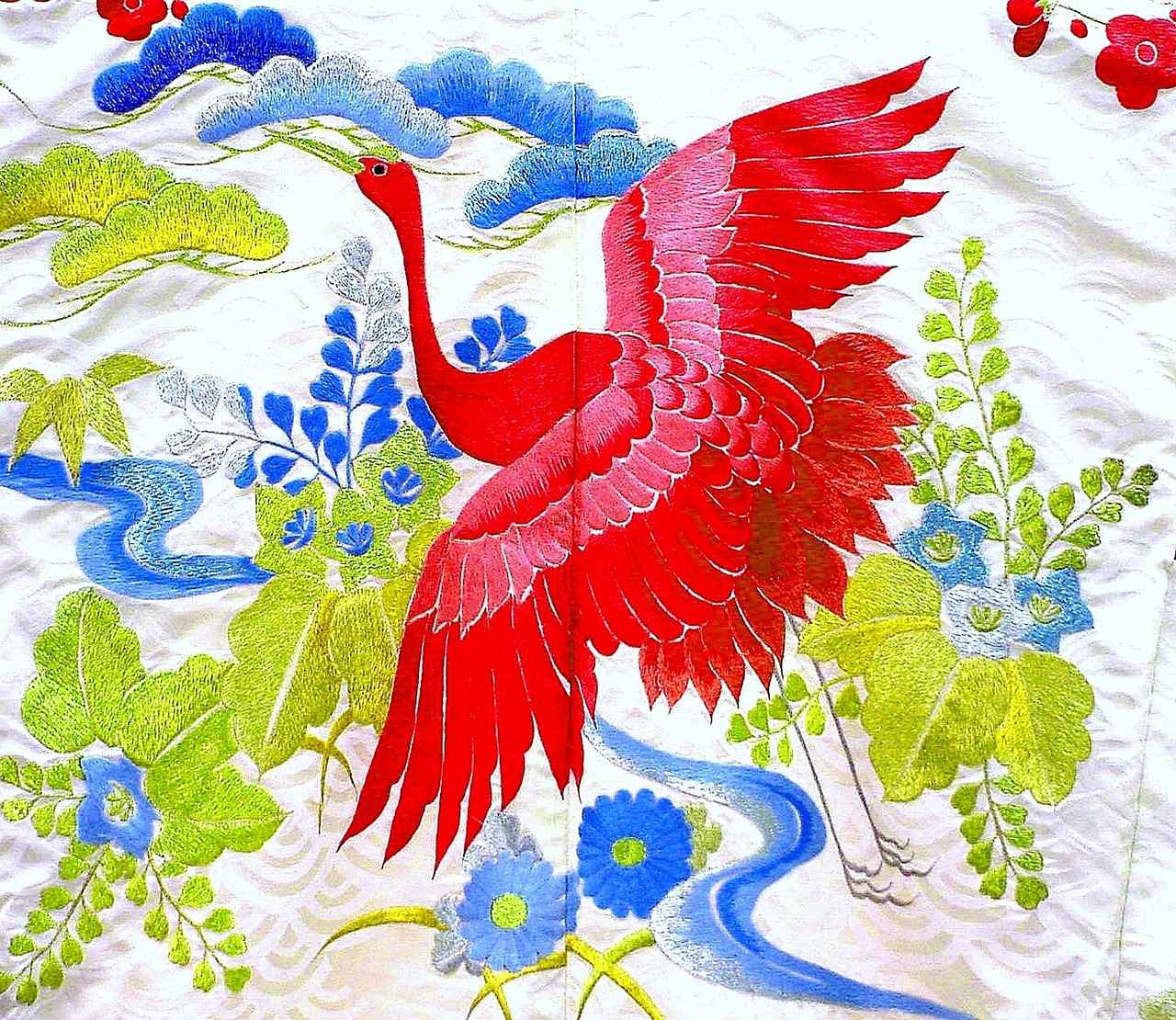
Influence of Globalization
The phenomenon of globalization has significantly transformed traditional cultural practices worldwide, and the Japanese tea ceremony is no exception. This ancient ritual, deeply rooted in Japanese history and aesthetics, has experienced a remarkable evolution due to increasing international interest. As cultures intersect, the tea ceremony has adapted, leading to new interpretations and styles that resonate with a broader audience.
One of the most notable impacts of globalization is the introduction of diverse influences into the tea ceremony. As individuals from various backgrounds participate in these rituals, they bring their own cultural perspectives, which can lead to innovative adaptations of traditional practices. For instance, some tea ceremonies now incorporate elements from Western tea-drinking customs, blending techniques and styles that enrich the experience for both hosts and guests.
Additionally, the rise of social media has played a crucial role in popularizing the tea ceremony beyond Japan’s borders. Platforms like Instagram and TikTok showcase visually stunning moments from these ceremonies, attracting global audiences who seek to engage with Japanese culture. This exposure has resulted in an increased demand for tea ceremony workshops and events, allowing enthusiasts from different countries to learn and appreciate this art form.
| Global Influence | Adaptations |
|---|---|
| Western Tea Customs | Incorporation of informal settings and casual styles |
| Social Media | Increased visibility and interest in traditional practices |
| Cross-Cultural Workshops | Fusion of techniques and styles from different cultures |
While these adaptations reflect a shift in the tea ceremony’s presentation, the core principles of mindfulness, harmony, and respect remain intact. Participants are encouraged to immerse themselves in the experience, regardless of the variations introduced. This balance between tradition and modernity is essential for preserving the essence of the tea ceremony while allowing it to thrive in today’s interconnected world.
In conclusion, the influence of globalization on the tea ceremony showcases a dynamic interplay between tradition and contemporary practices. As the world becomes increasingly interconnected, the tea ceremony continues to evolve, inviting new interpretations while honoring its rich cultural heritage.
Tea Ceremony Workshops
have become increasingly popular in recent years, serving as a bridge between traditional Japanese culture and a modern audience. These workshops are not just about learning how to prepare and serve tea; they offer participants a unique opportunity to immerse themselves in the rich history and philosophy that underpin the Kimono Tea Ceremony.
Many institutions, from cultural centers to universities, now offer these workshops, aiming to preserve the intricate art of the tea ceremony while also making it accessible to a wider audience. Participants often come from diverse backgrounds, eager to understand the nuances of this ancient practice. The workshops typically cover various aspects, including:
- History of the Tea Ceremony: Understanding its origins and evolution over the centuries.
- Kimono Etiquette: Learning the proper way to wear and appreciate the significance of the kimono during the ceremony.
- Mindfulness Practices: Engaging in the meditative aspects of the ceremony, which emphasize presence and tranquility.
- Tea Preparation: Mastering the techniques of preparing matcha and serving it to guests.
These workshops not only help in preserving the tradition but also foster a sense of community among participants. By engaging in the ceremony, individuals gain a deeper appreciation for Japanese culture and its values of harmony, respect, and purity. Moreover, many instructors encourage participants to reflect on their experiences, promoting a discussion that enriches their understanding of the tea ceremony’s significance.
In conclusion, tea ceremony workshops play a crucial role in keeping this beautiful tradition alive. They not only educate but also inspire a new generation to appreciate and celebrate the art of the tea ceremony, ensuring its legacy continues for years to come.
Conclusion: The Enduring Legacy of the Kimono Tea Ceremony
The Kimono Tea Ceremony is not merely a ritual; it is a profound embodiment of Japanese culture, intertwining history, aesthetics, and spirituality. This ceremony, which has been practiced for centuries, serves as a bridge between the past and the present, allowing participants to experience a moment of tranquility and reflection. As we delve into the enduring legacy of this beautiful tradition, it becomes clear that preserving it is essential for future generations.
Historically, the Kimono Tea Ceremony has evolved from the influence of Chinese tea practices, gradually adopting unique elements that reflect the Japanese way of life. The intricate rituals involved in the ceremony symbolize respect, harmony, and mindfulness, qualities that are deeply ingrained in Japanese culture. The act of preparing and serving tea is not just about the beverage itself; it is a meditative practice that fosters connection among participants.
As we look towards the future, the importance of preserving the Kimono Tea Ceremony cannot be overstated. This tradition offers a glimpse into Japan’s rich cultural heritage and serves as a reminder of the values that define it. Initiatives such as tea ceremony workshops and cultural exchanges are vital in keeping this practice alive. They not only educate participants about the ceremony’s significance but also encourage appreciation for Japanese aesthetics and philosophy.
In conclusion, the Kimono Tea Ceremony stands as a testament to Japan’s historical and cultural legacy. It is a tradition that deserves to be cherished and passed down through generations. By fostering a deeper understanding and appreciation of this beautiful practice, we can ensure that its essence continues to thrive in an ever-changing world.
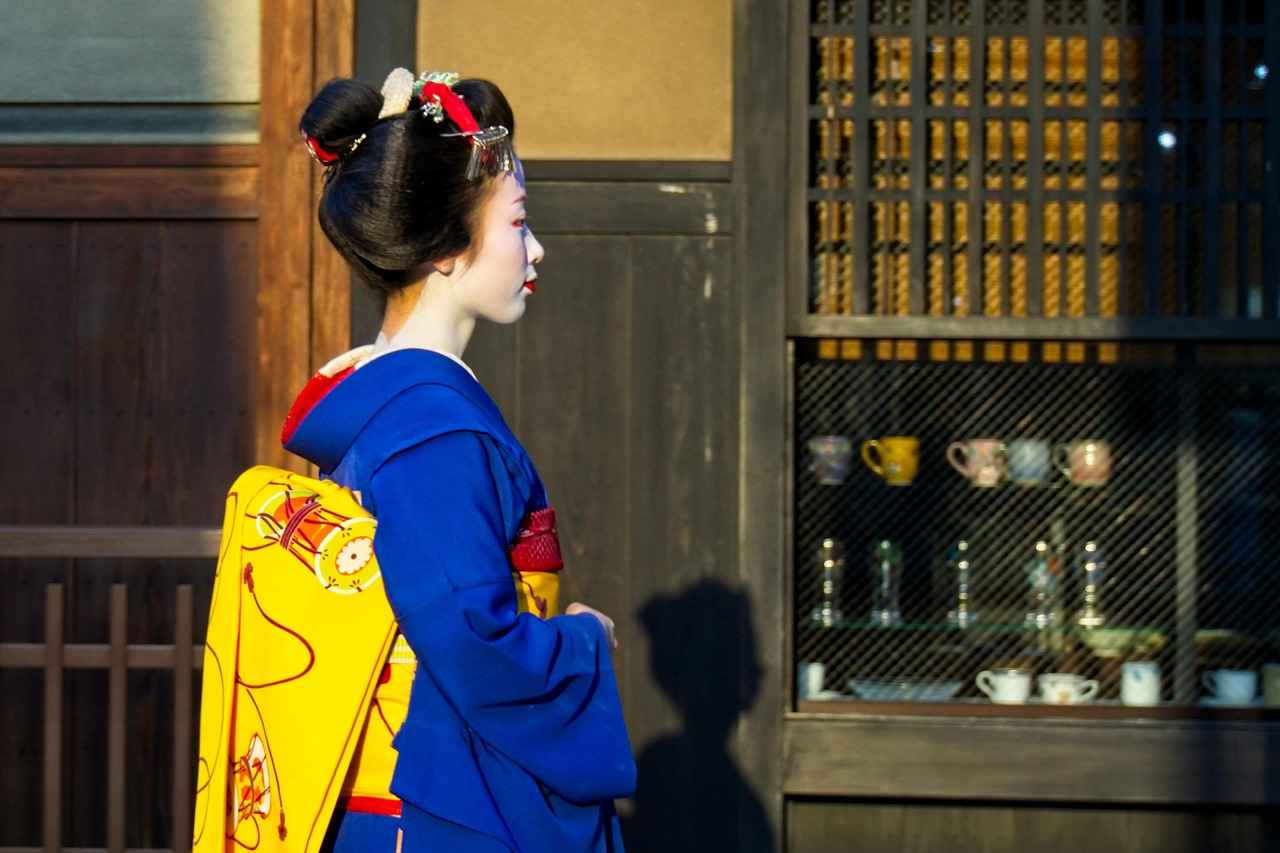
Frequently Asked Questions
- What is the Kimono Tea Ceremony?
The Kimono Tea Ceremony is a traditional Japanese ritual centered around the preparation and serving of matcha tea, often accompanied by the wearing of kimonos. It embodies deep cultural significance, representing harmony, respect, and mindfulness.
- Why is wearing a kimono important during the tea ceremony?
Wearing a kimono during the tea ceremony is not just about aesthetics; it symbolizes respect for the tradition and enhances the overall experience. Each kimono style reflects the occasion’s formality and the wearer’s connection to Japanese culture.
- Are there different types of kimonos for different ceremonies?
Absolutely! There are various types of kimonos suited for different occasions. For formal tea ceremonies, kimonos like the furisode are worn, while more casual gatherings might see the yukata being used. Each type carries its own significance.
- How has the Kimono Tea Ceremony changed in modern times?
The Kimono Tea Ceremony has evolved, incorporating contemporary influences while still honoring its roots. Global interest has led to adaptations, and workshops are now available to help people learn and appreciate this beautiful tradition.
- What are the key philosophies behind the tea ceremony?
The tea ceremony is deeply rooted in Zen principles, emphasizing mindfulness and harmony. Participants are encouraged to engage fully in the moment, fostering a profound appreciation for the ritual and their interactions.
